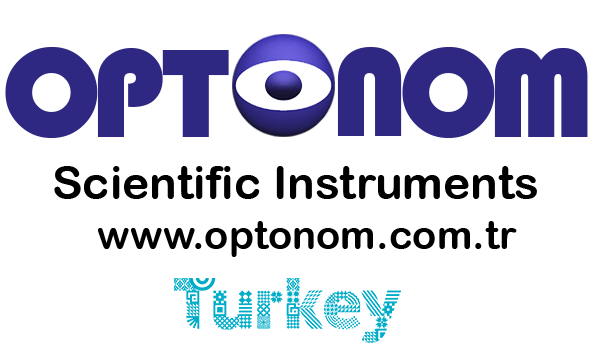Fresnel Lens
Fresnel Lens Properties
Fresnel lenses are portable and lightweight sheets used for light gathering or magnifying. The frensel lens was first invented by a French physicist namely Augustin-Jean Fresnel. Augustin Fresnel first used this lens design to build a glass Fresnel lens - lighthouse lens in 1822.
Unlike typical spherical or aspherical optical lenses, fresnel lenses are composed of a series of concentric grooves etched into one side of a sheet of plastic. A fresnel lens is a thin, flat optical lens which consists of a series of a series of small narrow concentric grooves on the surface of a lightweight plastic sheet in order to reduce the thickness, weight and cost. Each groove is at a slightly different angle than the next and with the same focal length in order to focus the light toward a central focal point. Every groove can be considered as an individual small lens to bend parallel Fresnel light waves and focus the light. The lens actually eliminates some spherical aberration.
The Fresnel lens is a special optical lens. lt can now be made from plastic such as acrylic fresnel lens, PMMA, polyvinyl cholride (PVC), polycarbonate (PC) and HDPE. A traditional glass convex lens would be thick, heavy and very expensive, but a plastic Fresnel lens is a thin, flat, lightweight and low cost alternative.
A high groove density has a better quality projection image. The Fresnel lens is a good solution for quality image and efficiency at a significantly lower cost. The Fresnel lens is usually corrected for spherical aberration.
Field of Usage
• Fresnel lens, a succession of concentric rings, each consisting of an element of a simple lens, assembled in proper relationship on a flat surface to provide a short focal length. The Fresnel lens is widely used in our daily life as light collector and fire starter. Particularly in lighthouses and searchlights to concentrate the light into a relatively narrow beam.
Fresnel Lens Other Properties:
The Fresnel lens can be designed and manufactured in very large sizes with light weight due to less than 4mm thickness, so the cost will be lower than traditional magnifiers. ln contrast, a conventional glass lens would be 200mm thick at the edge, weigh over 50kgs and cost thousand of dollars.
Significantly reduced lens thickness results in a substantial savings in material cost. Fresnel lenses can reduce weight, which reduces mounting and assembly cost. Extremely giant Fresnel lens up to 1000mm can be used to replace a very expensive conventional mirror assemblies in large optical systems.
Full page 3x magnifying sheet with black border magnify up to 300%. It is considered the most comfortable magnification for reading small prints, ideal for Viewing and checking tiny hobby and crafting materials, small electronic gadget parts such as screws and pins.
To determine the optical Fresnel lens design equation, all of the parameters are determined for each individual application. Several Fresnel zone formulas are used in Fresnel technologies for precision diamond tooling machines and electroforming and molding processes.
To determine the optical Fresnel lens design equation, all of the parameters are determined for each individual application. Several Fresnel zone formulas are used in Fresnel technologies for precision diamond tooling machines and electroforming and molding processes.
Please contact with Optonom for Fresnel Lens Design and Engineering services.

.png)
